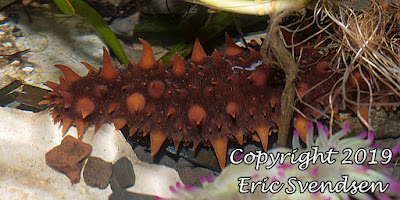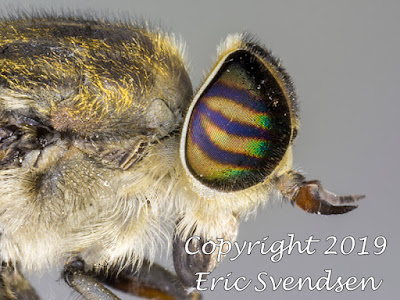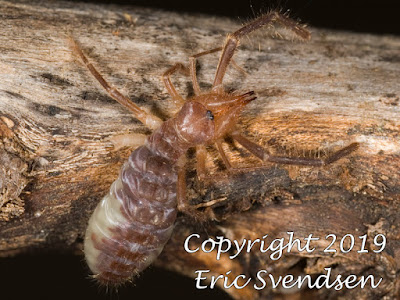Macro photography book - equipment and technique

What do you need and how do you do it? I am almost finished writing my book on macro photography. It has over 125 images (all colour except a few diagrams) and goes over most of the macro photographic equipment available today for the macro enthusiast. It is 94 pages long (as of this writing) and contains many tips, techniques, and suggestions on what you can do to improve your macro photography. It is the second edition, featuring a major revision of my first book on macro photography. I cover a great deal including photos taken from a huge range of macro accessories and equipment. It is meant to give the reader quite a range of options for capturing close up pictures. We look at everything from simple and inexpensive to high tech and pricey. It is meant to get the reader out and shooting with new ideas and perhaps a plan for the future. The book will be available in bound form (8½ x 11 inch) and should go for about $40 canadian. I hope to make it available on line



